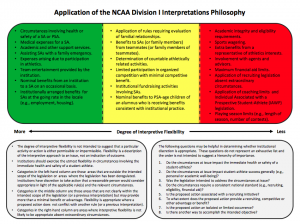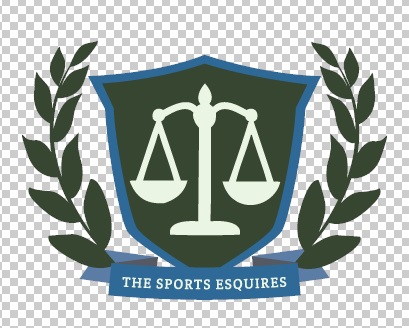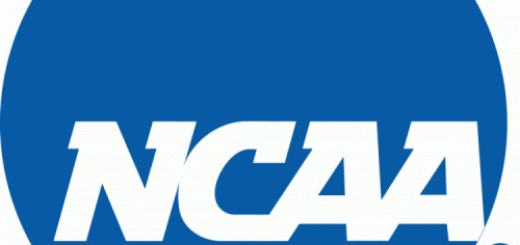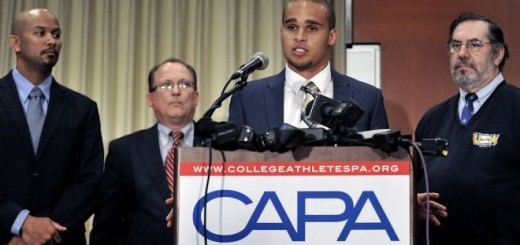Tweet
Imagine you are driving along, going the speed limit, with a particular destination in mind. Let’s say the state government has replaced the 75mph sign with a sign that says “Drive only as fast as you need to, but when in doubt 75mph.” This change allows drivers the flexibility to interpret the speed limit liberally, allowing for higher speeds if the drivers have a good reason/rationale to do so. A few examples can better illustrate this policy:
- You are driving 80mph trying to get to the bank in that inexplicably short window of time when the workday ends and when the bank closes.
- You are driving 82mph, just trying to reach the bar to enjoy the happy hour special before it ends.
- You are driving 85mph, ten minutes late for work, and a meeting that could determine whether or not you keep your job.
- You are driving 90mph to the hospital because a close family member has been in an accident.
- You are driving 110mph, fleeing from Aaron Hernandez after hearing a bit too much about what his new tattoo means.
The state’s new policy has just provided the leniency for drivers to make these decisions, all potentially without violating the 75mph regulation regardless of how fast they are driving. This instills the same sense that I get from the NCAA’s new interpretive philosophy: Chaos.
While it already has a lot on its plate right now (Hey O’Bannon), the next issue that could be problematic for the NCAA comes from within. The NCAA recently released this can of worms showing when it might be appropriate to use some leeway when determining if a violation has occurred. In this chart, areas that could allow for or restrain leniency range from: (1) areas that are not within the intended scope of the legislation or areas that have been deregulated; (2) areas that are not clearly within the intended scope of the legislation but may provide more than a minimal benefit or advantage; and (3) areas that do not permit interpretive flexibility unless some extraordinary circumstance is at play.
Reasons for flexibility include (but are not limited to) whether the action affects student-athlete health/safety/success, legislative intent, the ensuing advantage/benefit, and the frequency of the occurrence. The Enforcement staff presented a panel on this philosophy at the NCAA Regional Rules Seminar, with examples including a free painted water bottle for student-athletes, a free drink to a student-athlete who was accepted into law school, and travel and lodging for a student-athlete’s parent based on a doctor’s recommendation.
Deregulation is appropriate in many cases, especially in areas where it just doesn’t matter (content restrictions on electronic transmissions, for instance). Legislation is appropriate in just as many cases, because it does set a national standard for institutions, coaches, staff, and student-athletes to be able to follow. According to the NCAA memo on this initiative:
“The goal is not to identify legislation that should be disregarded, but instead to minimize burdensome procedures and/or unreasonable outcomes caused by applying certain rules in an overbroad manner to circumstances outside the intended scope of the legislation.”
This new philosophy is designed to allow institutions to make certain decisions at the campus level, instead of having to turn to the conference or national offices for clarification on minimal issues. Additionally, this relaxes some of the onus on the national office to process violations, waivers, and interpretations. From May 2013 through May 2014, over 4000 violations were reported, with the time of the decision (violation submission date through final decision date by the NCAA) ranging from 24 to 59 business days.
In 2013, all three divisions provided the NCAA with approximately 1500 legislative relief waivers. This philosophy attempts to decrease these numbers for the national office, while allowing institutions to relax the need to always look over their shoulder because Big Brother is Watching You. This new philosophy can be seen hand-in-hand with the new governance proposals that will allow for the power conference schools to enjoy more autonomy. If these schools are able to create a new and more autonomous division (not touching that issue here), this interpretations philosophy is one example of how institutions could be given more discretion to make their own decisions. In the arms race that is recruiting, financially able institutions will embrace this new philosophy to show recruits that they provide more for their student-athletes than other institutions.
In a perfect world, the same question will hit 351 Division I institutions, and every institution will similarly apply the philosophy to create an identical result. In the real world, these 351 schools will face the same question, and produce a variety of results. Compliance staff members that prefer black and white legislation will not reach the same result as compliance officers that prefer to feel out the intent of the legislation. Moreover, compliance staff’s will not need to look over their shoulder in fear of being second-guessed:
“When addressing issues and legislation described in this interpretive initiative, the membership should be assured that exercising more autonomy and making reasonable decisions in identified areas will not result in second-guessing by the NCAA staff.”
While the NCAA may not second-guess these decisions, coaches could be another matter. Ironically, one of the listed factors is whether a consistent national standard is needed, which is exactly what this philosophy will basically wreak havoc on. Imagine two coaches talking:
Coach 1: Hey, I don’t know about you, but I’m thrilled because my Compliance person just told me we can do (insert “random small action that we have had to watch out for in the past” here) now!
Coach 2: What?! Our compliance person just told me no on the same issue. That’s it. I’m about to raise hell.
A few coaches will get together, unsatisfied at the different interpretations that each received, and go to their particular coaches association or institution calling for reform. Since this is not a legislative change but a new way in which to view legislation, a new proposal to change this interpretive philosophy would not be required; however, pressure from institutions or coaches associations could force the NCAA to stop using the more flexible interpretations philosophy in favor of the black and white approach. Otherwise, the Power 5 schools bidding for more autonomy will embrace this and avoid having to report violations like Pastagate (I still say either no violation apart from an overzealous Compliance Office, or something else was going on).
If this philosophy works, everyone wins. Student-athletes will likely receive more minimal participation benefits without having to pay back paltry amounts. Compliance offices can actually say yes to coaches and staff members more often, without the NCAA second-guessing the institution. Lastly, the NCAA’s small and overburdened enforcement staff can relax in the knowledge that they will see less violations (stupid or just minimal) cross their desks. But if the philosophy doesn’t work, the NCAA could devolve into interpretive chaos, and just become another thorn in the organization’s side.




Recent Comments